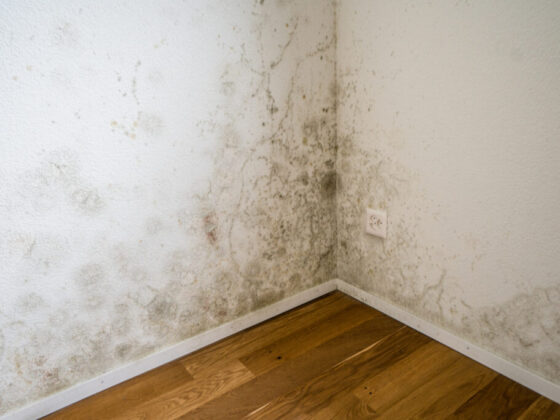When it comes to insuring your home, the location is more than just a point on a map—its a pivotal factor that can shape your financial future in ways you might not expect. Picture this: a charming cottage nestled in a pristine neighborhood versus a contemporary condo overlooking a bustling cityscape.
Each comes with its own set of unique risks and rewards that influence insurance rates. From crime rates and weather patterns to proximity to emergency services, the characteristics of your locale play a critical role in determining how much you’ll pay for coverage.
Understanding these nuances is vital for homeowners and renters alike, as they navigate the often-confusing realm of insurance. In this article, we’ll delve deep into the many ways in which your home’s location can sway your insurance premiums, imparting knowledge to help you make informed decisions.
Whether you’re contemplating a move or simply curious about your current rate, this exploration promises to illuminate the intricate link between where you live and what you pay.
Geographic Factors Impacting Insurance Rates

Geographic factors play a pivotal role in shaping insurance rates, as the characteristics of a location can vastly influence risk assessment. For instance, homes situated in flood-prone areas or near coastlines face heightened risks and, consequently, steeper premiums to offset potential losses.
Conversely, properties nestled in serene suburban neighborhoods devoid of natural threats often enjoy lower rates due to decreased likelihood of claims. Additionally, urban environments may bring their own set of challenges, such as higher crime rates, leading insurers to adjust costs accordingly.
Moreover, the distance from emergency services—like fire departments or hospitals—also contributes to rate calculations, as quicker access to these resources often diminishes potential damages. Ultimately, understanding how these geographic nuances affect insurance costs can empower homeowners to make more informed choices about their coverage.
Urban vs. Rural Settings

When navigating the intricate landscape of home insurance rates, the contrast between urban and rural settings plays a pivotal role. Urban areas, bustling with activity, often face higher insurance premiums.
This is largely due to increased risks such as higher crime rates, greater traffic congestion, and the prevalence of natural disasters like flooding in densely populated regions. Additionally, the proximity to emergency services may affect response times, further influencing costs.
Meanwhile, rural settings typically enjoy lower insurance rates, attributed to fewer occurrences of theft and vandalism, as well as the serene isolation that often comes with country living. However, these tranquil spaces aren\’t without their challenges; limited access to fire stations or emergency medical help can lead to a unique set of risks, sometimes resulting in unexpected premiums for those residing on the fringes.
Therefore, whether nestled in the heart of a city or surrounded by natures embrace, understanding how location influences insurance rates is essential for homeowners seeking to mitigate costs and protect their investment.
Climate Considerations

Climate considerations significantly influence insurance rates, often dictating the premium you’ll pay based on the weather-related risks associated with your location. For instance, homes situated in hurricane-prone coastal areas face steeper rates due to the increased likelihood of severe damage.
Conversely, properties in temperate regions with fewer weather extremes may enjoy lower premiums. Yet, its not just about the big events—factors like annual rainfall, average snowfall, and even the prevalence of wildfires can subtly adjust insurance calculations.
Insurers meticulously assess these environmental risks, integrating them into their pricing structures, creating an intricate web of factors that homeowners must understand to anticipate fluctuations in their insurance costs. Ultimately, the resilience of your home against local climate challenges—and your awareness of these issues—could very well determine not just your peace of mind, but also the financial outlay of defending your most cherished asset.
Conclusion
In conclusion, understanding how your homes location impacts insurance rates is crucial for homeowners and renters alike. Factors such as crime rates, proximity to emergency services, and environmental risks play significant roles in determining premiums.
By being aware of these influences, you can make informed decisions that might help you secure better coverage at reasonable rates. To learn more about how location affects your insurance options and to get tailored quotes, visit www.eriemutual.com, where you can find valuable resources to assist you in navigating the complexities of homeowner insurance. Taking the time to evaluate your circumstances can lead to significant savings and peace of mind.


